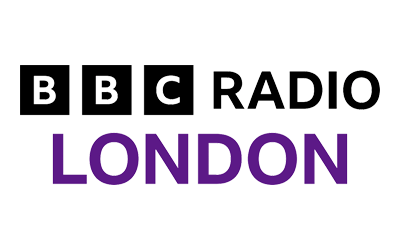What is gynaecomastia?
Commonly known as ‘man boobs’ or ‘moobs’, gynaecomastia is the enlargement of the glandular portion of the male breast. The fatty tissue surrounding the gland may also be enlarged. Men often report increased sensitivity in the affected areas.
Although gynaecomastia has no negative effects on physical health, it can have a severe impact on psychological health and self-esteem. For this reason, male breast reduction is the most popular surgical procedure at the Karidis clinic.
What causes gynaecomastia?
Due to the sudden increase of sex hormone, gynaecomastia is common in adolescent males. As many as 65% boys between the ages of 14-15 experience symptoms of gynaecomastia, however these normally reduce by the age of 16.
Gynaecomastia is a generally a hereditary condition, although it can also occur as a result of the hormonal imbalances caused by certain types of anabolic steroid.
Studies indicate that gynaecomastia may also be a side effect of excessive cannabis use. However, drug-induced gynaecomastia is very rare.
Can gynaecomastia be permanent?
Once a male reaches the age of 18, it is extremely unlikely that gynaecomastia will diminish of its own accord.
Gynaecomastia that occurs in response to anabolic steroid use is permanent and always requires surgery to correct.
In cases involving cannabis use, the gynaecomastia may be permanent or may slowly reduce when the patient stops using the drug.
Will weight loss/exercise fix gynaecomastia?
Gynaecomastia is primarily caused by glandular enlargement and as such no amount of exercise or weight loss will reduce it.
In some cases weight loss can make gynaecomastia more prominent, as the reduced amount of fatty tissue on the chest emphasises the enlarged glands.
How can you treat gynaecomastia?
Gynaecomastia treatment is a combined surgical approach:
- Excess fatty tissue is removed using liposuction
- The enlarged gland is then removed piecemeal through a 7-9mm incision under the nipple
- In cases where the gynaecomastia has been caused or exacerbated by weight reduction, skin removal or tightening is also necessary
Mr Karidis is one of the UK’s leading specialists in the treatment of gynaecomastia, having performed over 1,500 operations to date. Mr Karidis has also developed his own pull-through surgical technique to minimise scarring and makes use of Power Assisted Lipoplasty (PAL) in order to drain fatty tissue.
Following surgery, you’ll need to wear a sleeveless elastic compression vest for at least two weeks. Not only does the increased pressure on the chest control bleeding and swelling, it also promotes smooth and efficient healing. After two weeks, you can continue to wear the vest for short amounts of time.
After gynaecomastia surgery, glandular regrowth is extraordinarily rare without the use of anabolic steroids. In cases of weight gain however, fatty tissue may accumulate in the chest area.
How long does it take to heal after male breast reduction?
Male breast reduction procedures can take up to six months to fully heal. Two to three weeks after the operation, you may notice uneven or discoloured skin over the areas treated. This is normal scar tissue formation and will fade in time.
The surgery may also result in numbness or hypersensitivity. This is generally temporary and resolves itself within two months. The scars caused by gynaecomastia reductions range from 3-8mm and will gradually fade over a period of two years.
Read Dan Yeomans’ account of the gynaecomastia procedure for further information.















